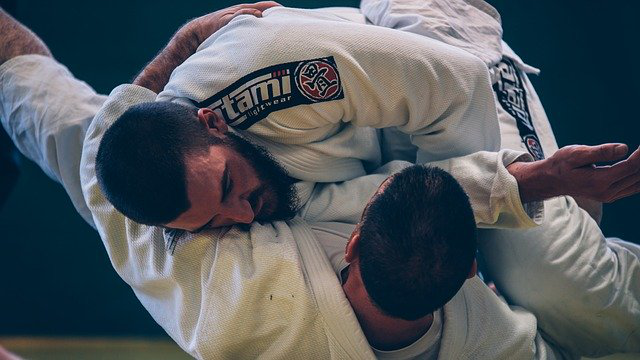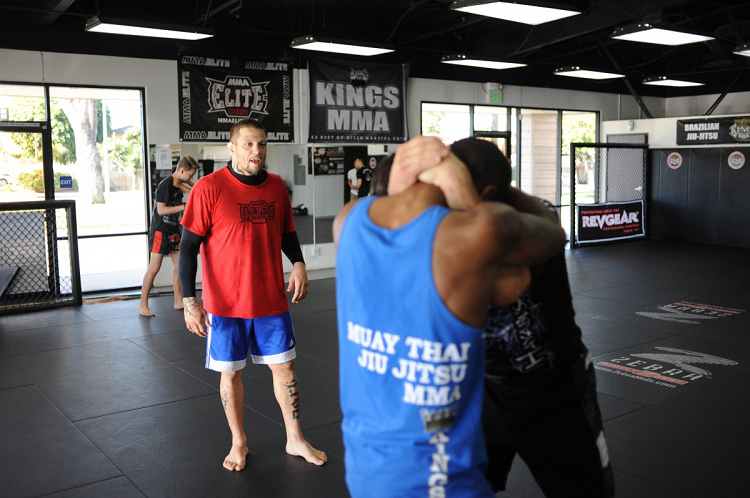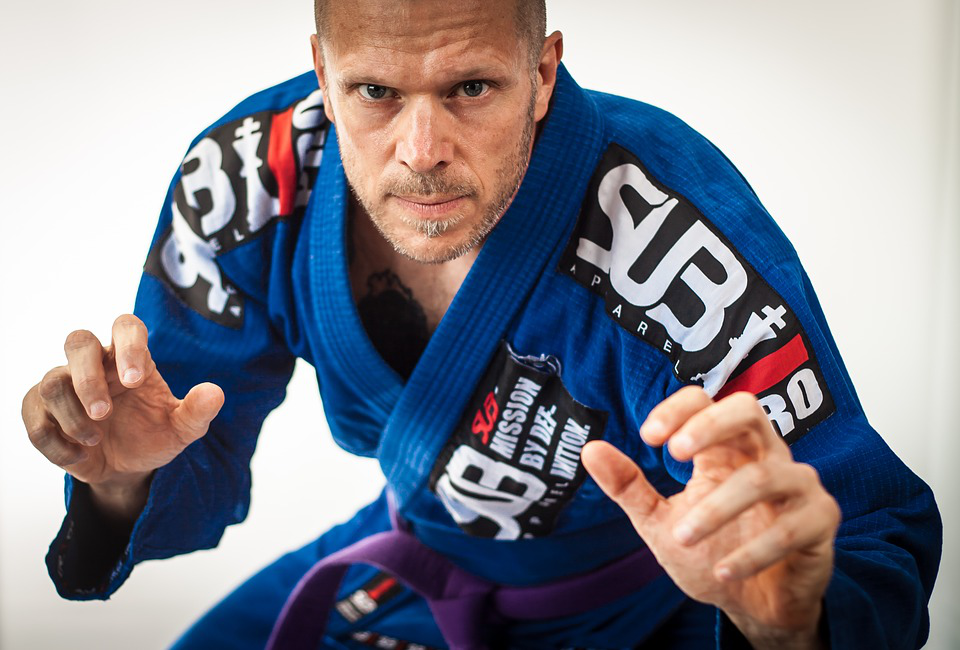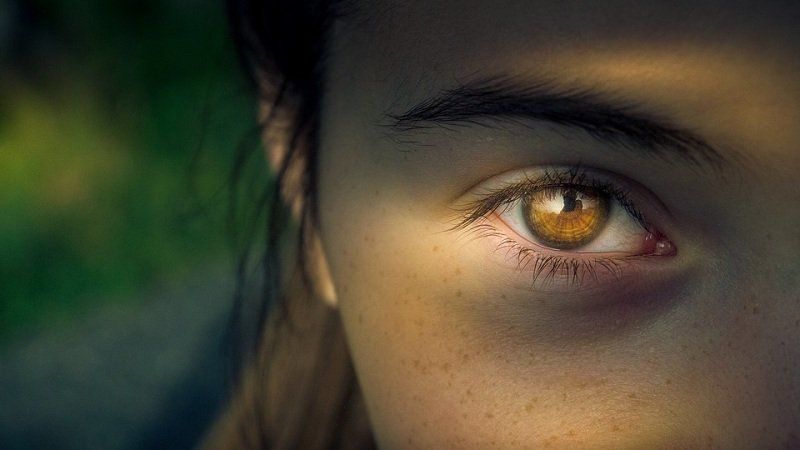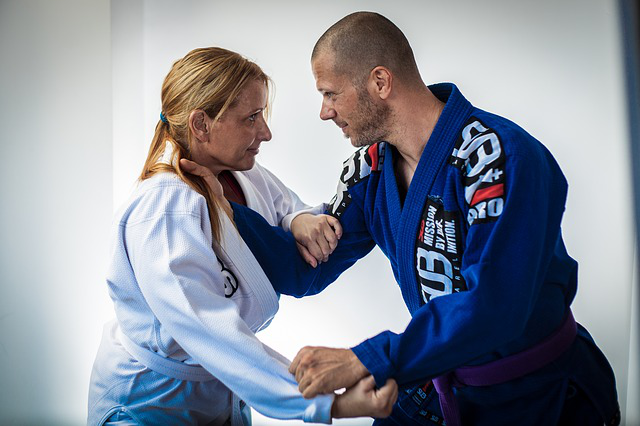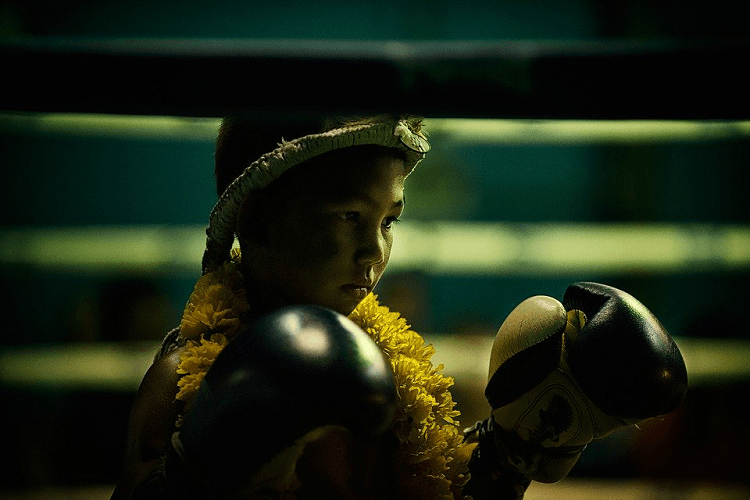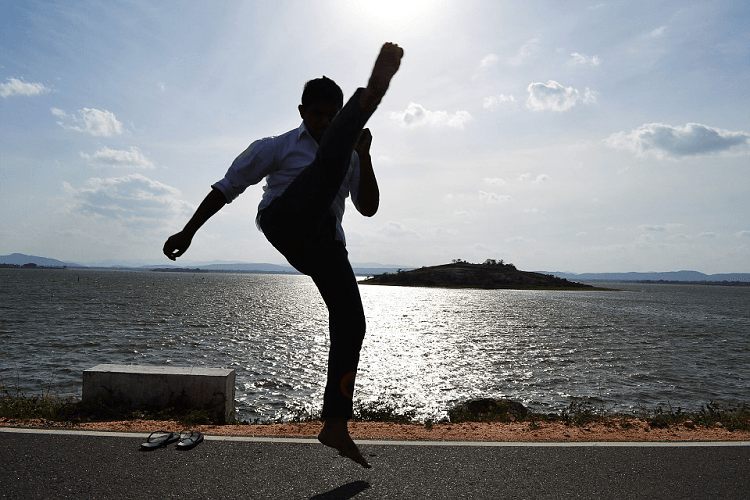Grappling and Jiu Jitsu: Modernizing our Training for the 21st Century
“The reality is that we troubleshoot and problem solve for every individual in our classes. Our Common Curriculum serves as a guide, not a mandate. It is a foundation that provides for measurable, effective, efficient, flexible and admirable training and teaching practices (S.Sherbourne 2018).”
It continually amazes me that one of the most progressive martial arts of the 21st century is sometimes mired in an old way of thinking that dismisses formalized curricula and scaffolded learning, in favor of dubious standards for the progression of students. As a middle-school teacher with a Masters in Education, I have always believed that a formalized curriculum with standard goals and a ladder of progression is crucial to any educational format. But you find very little of this in current Grappling and Jiu Jitsu gyms. Instead, what you often find is a hodge-podge of training standards that often focuses on personal views of your performance in rolling (sparring) as the standard for progression.
This is counter to everything that I believe regarding education, and the martial arts. As an Instructor (and as a student) you should consider that training (learning and teaching) in martial arts should be (1) measurable, based on specified goals and success criteria, (2) effective in that the learned applications will work in time of crises, (3) efficient in execution so that it requires the least amount of effort and time, and (4) flexible so that it can be modified to accommodate all learning styles and abilities of the individual.
I recently hosted a seminar by legendary professor of Jiu Jitsu, Roy Harris, who was an early pioneer in the Jiu-Jitsu movement that swept North America over the past 25 years. He was also one of the first dozen recipients of a black belt in the U.S. (known as the “Dirty Dozen”). What was amazing about this seminar is that Mr. Harris has formulated his training in this preferred educational format, occasionally drawing criticism of other professionals in the BJJ community for his continued focus on certified curricula for learning and progression.
Mr. Harris stated his focus on “usable, repeatable, measurable, and admirable skill sets” which contains a broader picture than the simple words can articulate, but his philosophy is clearly aligned with my formula. He strives to develop standardized training formats that approach subject matter using a scaffolded method of progression-learning. Mr Harris has also been a prolific advocate of online training formats that have often drawn the ire of the Jiu Jitsu community – but why should this training format face so much consternation and hand-wringing? In case you have not noticed, online training is a fast-growing format in almost every educational forum, being applied at schools, universities, and even workplace training forums (often eliminating the need to travel). Online training is here to stay, so the Martial Arts community needs to accept this fact, and then focus attention on how to utilize this new and exciting format in the most advantageous way that benefits the student.
At the WKKJO/SMAA, we are taking models, information, training, and a wealth of experience and perceptions to a new level, beneficial for martial arts instruction and training practices - this includes both live instruction, and remote learning through online forums.
SMAA - The Educational Framework
In developing “Best Practice” approach to teaching the martial arts, I often refer back to the the “CRA” model from education circles, which is an acronym for a three part lesson: Concrete, Representational, to the Abstract on variations of application. This is the model I have used to generate and teach lessons and seminars in the past. Taking into account the teachings and views of Professor Roy Harris , my personal knowledge and application of martial arts skills and concepts, and formulating martial arts training, we focus on four broad levels of training, based on the experience level of the student.
Level 1
Focus first on being effective with your training (tapping).
Level 2
Focus on being efficient with your training (technique selection, accuracy of movement, weight distributions and base, range and timing).
Level 3
Focus on being playful with your training (variation of methodology/drills/positions, techniques from each position/ and variations that work most effectively and efficiently for your body type and fighting style).
Level 4
Focus on personalizing your training (accommodate and modify) all that you have learned in order to keep your training in perspective for yourself and to better understand that of others. We are all going through a constant state of progress and evolution or degradation depending on our mindset and actions.
To accommodate (and apply) each of these levels in a standard training class, we generally begin with a warm-up variation and then focus on the application of a particular technique (or techniques) through the use of standardized (and realistic) application drills, rather than freestyle rolling. This is a progressive change as rolling/sparring is often the standard of learning in most modern Jiu Jitsu classes. However, I find that it lacks in educational format, and often leads the student to focus on the application of strength (rather than improving technique that focuses on position and leverage).
Under this model, we begin with a concrete demonstration of the skills being taught, and provide context for the particular skill or technique - understanding the context is key to developing ability. We then move on to the application phase of the skill(s) being taught, while accommodating and modifying for the student in each phase of the lesson plan, as needed. We also advocate freestyle rolling/sparing as an important component of learning the application, but we monitor all rolling/sparring to ensure the rigors of sparring are appropriate for each student at their individual level. We also advocate a version of “light” or “controlled” sparring (at times, utilizing a point-system), where the students can apply technique in a realistic sparring scenario, without concern of being exposed to risk of excessive injury (there is a time and a place for hard rolling and light rolling).
Practicing Skill-based Drills and Combinations.
So how to you accomplish this (words are easy, but training can be hard)? The format outlined above also requires that the student (and the teacher) embrace certain prerequisites that are often unspoken understandings, perceived expectations, or practices learned through experience.
-
Understand that it takes Time: First, focus on understanding and applying the details over a healthy period of time. Yes, this means sweat on the gym floor, and a lot of hard work, but nothing worth attaining comes easy in life. You must be prepared for the fact that progression is not always easy and will take a measurable period of time.
-
Accuracy of Technique: During this learning phase, you should focus on the accuracy of movement for each technique (where the hips, hands, or feet are placed, how the body is positioned, and the proper use of leverage).
-
Progression and Refinement: Next, you begin to focus on Awareness and Anticipation of your opponent’s technique. Thorough this, you must also study proper Balance, Base, Posture, and body Structure. Coordination of Timing and Stringing techniques together also becomes very important as you work to “think ahead” of your opponent’s applications.
-
Strength and Flexibility: As you improve, you should also work to strengthen your body and increase flexibility. Yes, Jiu Jitsu and grappling focuses on efficiency and minimal effort - but, successful Jiu Jitsu and grappling also requires a modicum of strength. The stronger and more flexible you become, the more effective you can become if your strength/flexibility is applied in the correct manner.
-
Attitude/Tone/Character/Values: An all important characteristic for any martial artist, but above and beyond the physical training lies the character of the individual, and the values that the student embraces (see our prior blog on the precepts of Karate).
-
Learn to Roll/Spar Correctly: As I like to frame it - if you “break” your training partner, I will not assign another one to you, so learn to be a great training partner (not a scary one). Become that valuable training partner that is needed or necessary in the gym - make yourself a commodity through proper training and attitude.
Taking all of this into account after more than 40 years of martial arts training and competition, running a martial arts club since 1992, and being a professional educator for more than 20 years, it is clear to me that there is no end to the evolution and progressive nature of combatives and how they are propagated. Each martial art with, and without grappling influences the other.
As I progress with my own training, and witness others training to cultivate their practices, and through this cultivate themselves, I am rewarded with the gift of sharing what has been shared with me. I have nothing but gratitude and appreciation for all the students and teachers who have this common mindset.
To ultimately retain, shape, and reshape what has been passed on to you is a large piece of what is magnificent about true Budo/Martial Ways.
